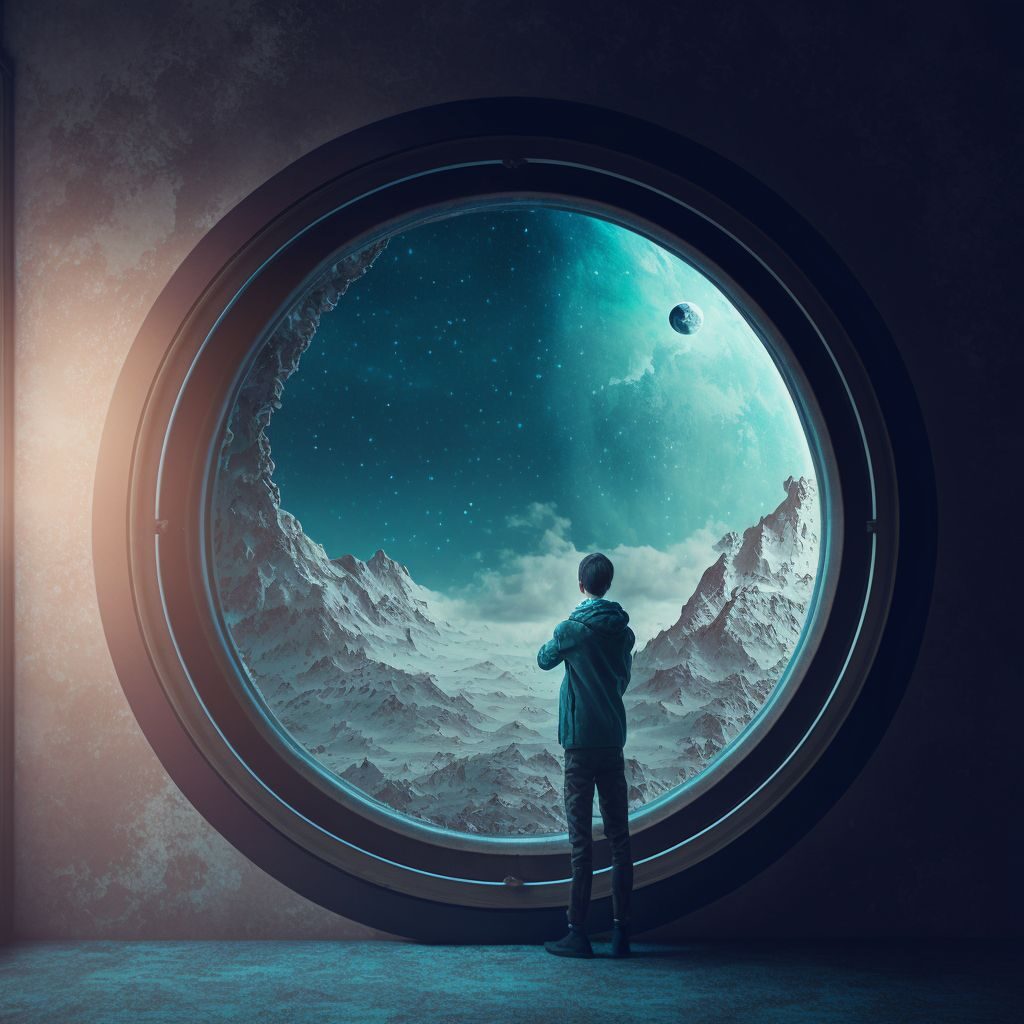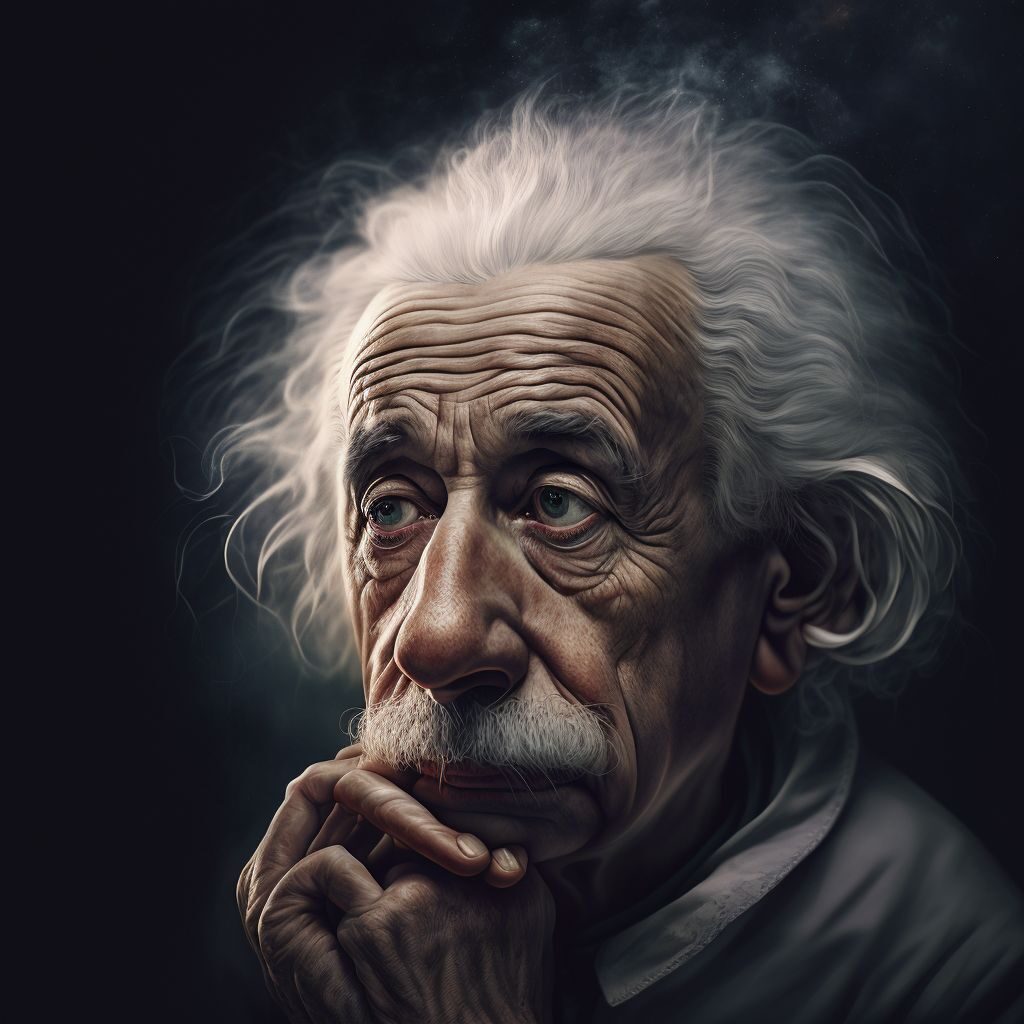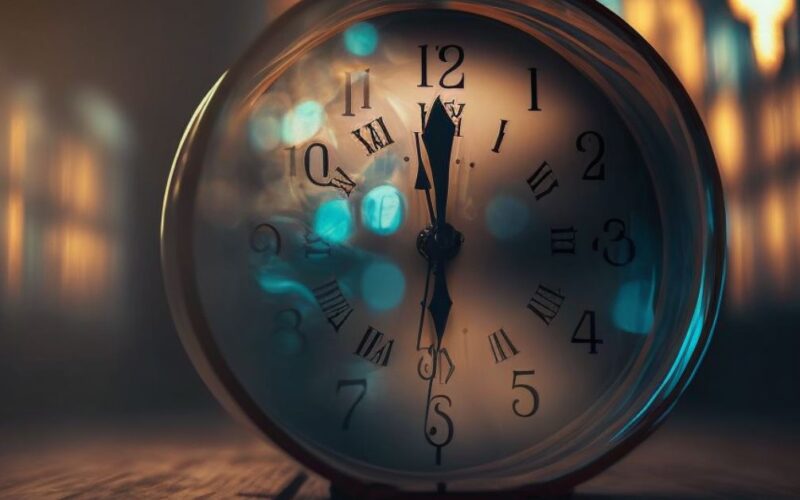Do nothing, think nothing, listen to the passing of time. You do not have to be enveloped by silence to listen to the passing of time, you can do it anywhere, even amidst everyday cacophony. Time is what elapses when life draws us toward nothingness. Our being is time. When time deserts us, the body may remain, but we cease to be. Time is the window that opens the world to us. It seduces us, scares us, pains us, and soothes us.
The idea of time, for us, consists in the slippage of time that we feel in our heartbeats, in the web of memory, in concern about the future. What precisely is this passing of time? How does time emerge from a world without time? What is the difference between past and future, between cause and effect, between desire and memory, between purpose and regret? In fact, the difference between the past and the future relates to our own hazy vision of the world. The idea rouses disbelief, just as much as the discovery of the Earth being round did. The evidence is also equally overwhelming. There is nothing intrinsic about the passage of time.
Time is elastic in our personal experience of it. Sometimes hours can fly by like minutes, and sometimes minutes can be excruciatingly slow, as if each minute was an hour. There are dreams lasting an instant that resemble an eternity in memory. Aristotle was the first philosopher to make time his subject. He defined time as the measurement of change. Aristotle believed that if nothing changes, nothing moves, time ceases to pass because he thought time is our means for situating ourselves in relation to changing of things. He said that even if nothing changes outside, the time that we perceive passing within us is the measure of a movement of the change happening within our mind. Newton differed from Aristotle. He thought that in addition to time that measures change, days, and movement, another time also exists that passes regardless. He called it “true” time.

Instead of worrying about who between these two giants is right, we should be thinking which of these two ways of thinking better helps us to understand the world. Newton’s idea that time is independent of change has formed the foundation of modern physics. A physics that believes time exists as an entity whose flow is unvarying and imperturbable. This Newtonian model has become our way of understanding time, so entrenched in our consciousness that it seems common sense. Before Newton, time for humanity was a way of measuring how things changed, and no one had thought that a time independent of things could exist.
The fusion between Aristotle’s and Newton’s concepts of time is the crowning glory of another giant – Einstein. He explained that time (and space, which is not our subject here) Newton claimed exist beyond tangible matter, are real and do exist. But they are not absolute, not as independent as Newton thought they were. It is something that exists by itself even without matter, as Newton postulated. But, unlike what Newton believed, it is not an entity that is separate from the other things in the world. It is a field like the others, Einstein discerned. He explored the reciprocal influences that all the fields have on one another, and time (spacetime, to be precise) is one of these fields. In the synthesis that Einstein discovered between Aristotle’s and Newton’s conception of time, time is a part of a complicated geometry intertwined with the geometry of space.
Einstein was able to understand that Aristotle and Newton were both right. Newton is right insisting that something else exists in addition to the mere things that we perceive moving and changing. Time is a real entity. But Newton erred in thinking that this entity is independent of everything else. On the other hand, Aristotle is right to say that time (and space) are always located in relation to something. But this something can also merely be the field. Repeated verification of Einstein’s ideas over more than a century since then has disinherited another constituent of our idea of time, its presumed independence from the rest of the world.

Reality is often not what it seems, neither is time. Its real structure is different from this consistent, universal flow in which we perceive it. We still do not know how time works. It is still a huge mystery. What we thought were the characteristic features of time have turned out to be approximations. The growth of our knowledge has ruthlessly shaken the notions of time we held dear. We learn that the things that seemed self-obvious to us were actually mere preconceptions.
For example, just as it once seemed self-evident to us that the sky was above us and not below or that the earth did not move, it appeared equally obvious to us that time passed at the same speed everywhere. That is not the case. For instance, time passes faster in mountains than at sea level. The difference is miniscule but measurable by precision clocks available today, which can now measure slowing down of time between levels just a few inches apart.
The time also slows down with speed, passing more slowly for the one who keeps moving. This was first measured less than fifty years ago, using precision watches on airplanes. There is not one single time. There is a huge variety of time, a different one for every point in space. Not only is there no single time for different places, but there is also no single time for a particular place. It depends not only on where you are but also on the speed at which you move.
What is time to us does not extend throughout the universe. It is like a bubble around us. How far does this bubble extend depends on the degree of precision we deploy in determining time. The idea that the same “now” exists throughout the universe is a mirage, a flawed extrapolation of our own experience. More than a century has elapsed since we realized that a present of the universe does not exist. Yet it continues to baffle us and still seems challenging to imagine. The entire concept that the universe exists now in a particular arrangement and changes together with the passage of time has been rubbished.
Anaximander, the Greek philosopher who lived over 2,600 years ago had an amazing insight when he articulated:
“Things are transformed one into another according to necessity, and render justice to one another according to the order of time.”
In trying to comprehend how events happen in line with the order of time, physics, astronomy, and many other sciences have significantly advanced using this groundbreaking insight provided by Anaximander. Every phenomenon that takes place has its proper time. Einstein’s theory of relativity helps us appreciate this spiderweb of times. We do not pronounce how the world evolves in time, we explain how things evolve in local time and how local times evolve relative to one another. Things evolve in their own times and not “in time.”
The divergence of opinions about the nature of time has witnessed a significant decrease over the recent years, as many inferences have become quite obvious to all. Universal time has splintered into a multitude of proper times, each of which “times” fluctuates and can possess only certain values not others. Time’s granularity is also better understood. The minimum interval of time is called “Planck time” and is quantified at 10-44 seconds. (The equivalent of “Planck time” in space is “Planck length” as the lowest possible limit under which the concept of length becomes meaningless. It is around 10-33 centimeters.)
So now we know for sure that there is no single time and time runs at different tempos in relation to place and depending on speed. Time is subtly discrete and not continuous. Time is not directional, its positioning (past and future) is just a conditional facet that appears when we look at things. Also, there is no universal “present” in the vast universe. Our notion of the “present” can at most relate to our own planet. And as we saw above, it cannot be found beneath a minimum scale. The philosophical view that reality evolves from one “present” to another successive one does not work anymore. If the present that is far away from here is not defined then reality can be defined only in our vicinity, and in an approximate way, and not for the universe.
What follows with great clarity from the above is that the world is nothing but change, a network of events. That, nothing is, things happen. Time is the measure of change. None of the variables we deploy to measure that change has all the attributes of time as we experience it. However, that does not change the fact that the world is in a perpetual process of change. All in the world -wars, storms, seas, mountains, families, societies, and a human being- can be deciphered as a network of events. For a long time, we have endeavored to comprehend the world in the context of the primacy of substance. Instead it seems a lot more understandable in terms of relations between events than in terms of something that is. Anaximander’s exhortation that we understand the world by studying change and not by studying things has proved to be timeless.

Those, like Kepler, who neglected Anaximander’s counsel have proved to be wrong. The ideas that have reigned supreme – from Ptolemy to Galileo, from Newton to Einstein- are the ones that attempted mathematical descriptions of how things change, and not how they are. Even the shape of atoms was eventually understood as solutions to Schrodinger’s equations explaining how the electrons in atoms move. We describe the world (and time) as it happens and not as it is. And it is not limited to physics, it covers all domains of knowledge. Biology advances by understanding how living beings evolve and live. Psychology learns by studying how we think, behave, or interact with one another. Understanding the world consists in its becoming and not in its being. What we perceive as things are merely events that for a while are monotonous before change alters them or annihilates them.
At an individual level, where, as per Ecclesiastes, there is “a time to be born and a time to die”, our idea of time is not the same as understood by physicists, instead it is triggered by our own experience of time. It can be delicate, ephemeral, and replete with illusions. But it attempts to comprehend things that lie deeper than the physical nature of time. In his recent book (Your Brain Is a Time Machine) about research on the functioning of the brain, Dean Buonomano discusses many ways in which the human brain relates to the passing of time and creates connections between past, present, and future. Memory and nostalgia, ruing and rejoicing, contemplating and deciding, joy and pain, hope and fear – this is time for us. Thoughts and emotions that create ties of affection between us do not require us to be in the same place and time. They transcend borders and seas, years and sometimes even centuries, knotted by words, shapes, colors, or sounds.
Time, thus, is a multidimensional, intricate entity -or idea- with numerous, distinctive characteristics arising from many distinct calculations. Confusion arises when we fail to recognize time’s complicated and multifaceted nature. While it constantly advances away from us, it is also the marvel that has allowed us to exist. Let’s calmly submerge ourselves in our finite time, enjoying the translucent intensity of every transitory and precious moment of our short presence on the firmament of time.
Yudhishthira says in Mahabharata that the greatest mystery is that every day so many people die, yet those who remain behave as if they were immortals. I have no desire for immortality, neither do I dread death. I am also not afraid of old age whose steps are now rustling around me. I am scared of suffering, of infirmity, of dependence, and of absence of love in that rising order. But death has never terrified me. Not since childhood or when I was young. In fact, the fear of death has always seemed to me an anomaly, a quirk induced by evolution, by the force of natural selection.
Much as I adore life, I have never considered death a remote prospect. To me it merely seems the night after the day, a time to rest, to complete with a smile the fleeting circle that is our life. Still much driven by a thirst for life, I still love tasting from the magic goblet of life teeming with possibilities to learn and to experience. I have already imbibed deep of the mercurial fillings of this goblet, and if the end were here to take me, I would just smile and depart. What better than to move on “full of days”? Meanwhile, I use to its fullest the time granted by life, to help, to grow, to enjoy. Life is the most melodious hymn of time. Life is our only source of time before the bucket falls into the well and we return to dust.
Let’s end with these beautiful lines from one of the modern era’s most important writers Hugo von Hofmannsthal, taken from his famous libretto The Cavalier of the Rose, written in 1911.
Time is a strange thing.
While one just lives for the moment, it is nothing.
But then all at once
we feel nothing else but it,
it’s all around us, it’s right inside us,
it trickles away in our faces, it trickles in the mirror,
in my temples it flows away.
And between you and me it is flowing too.
Soundless, as an hourglass.
Ah Quinquin [a character in the libretto]!
Often I hear it flow incessantly.
Often I get up in the middle of the night and stop all the clocks.







